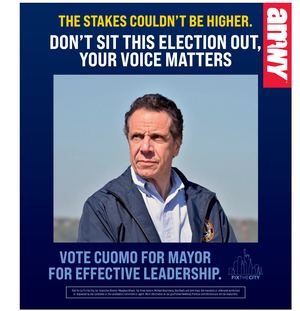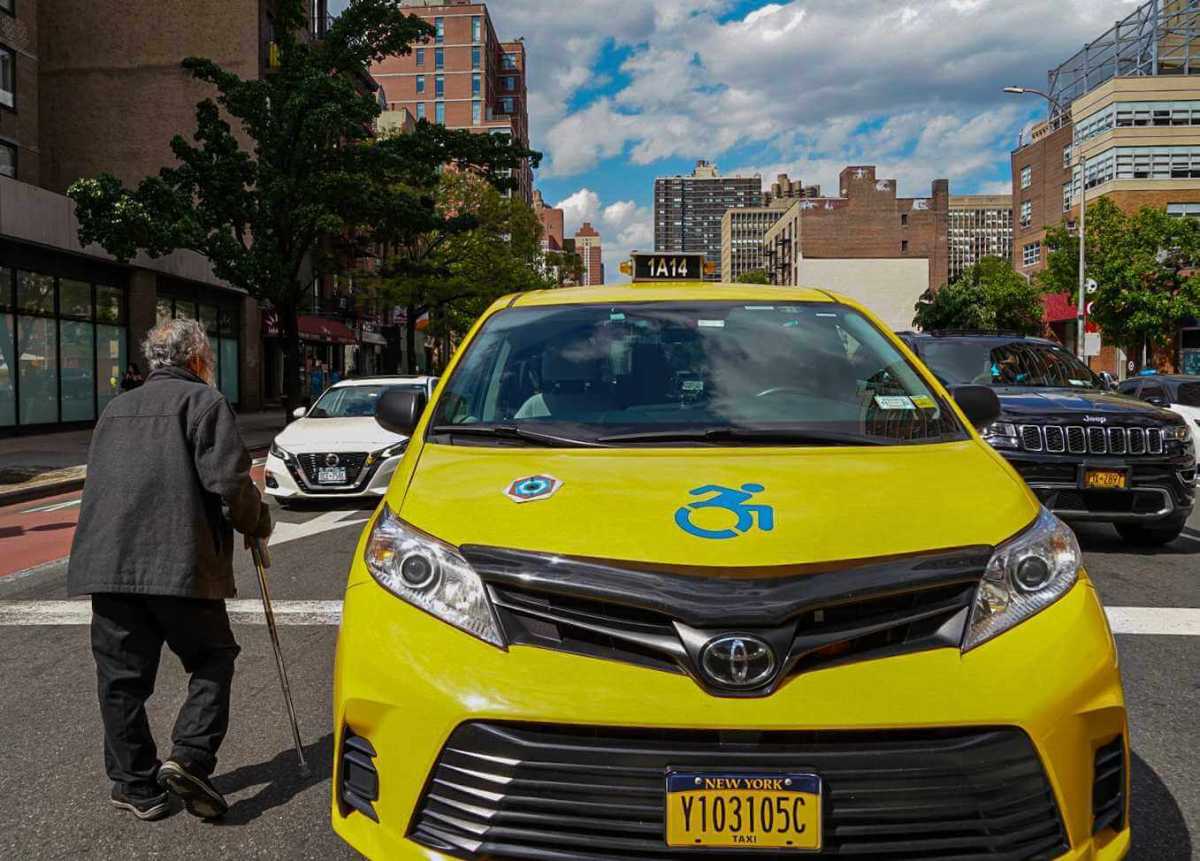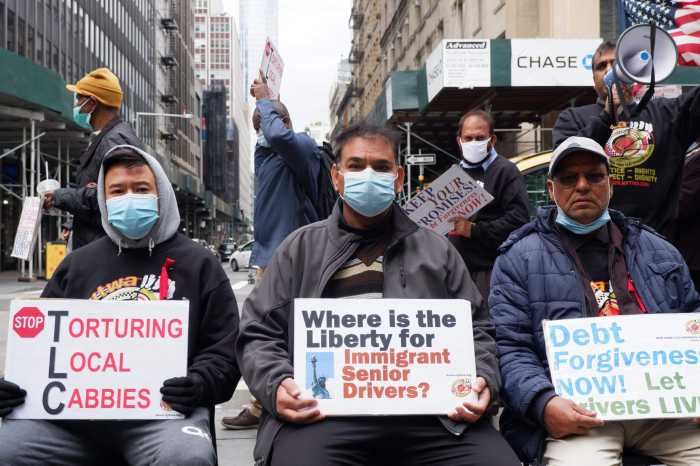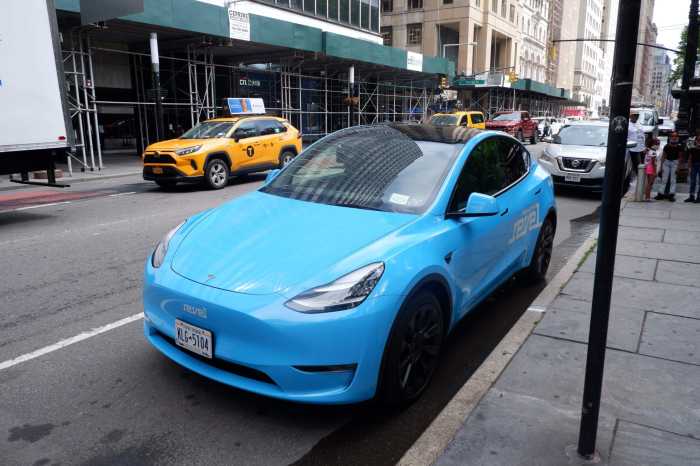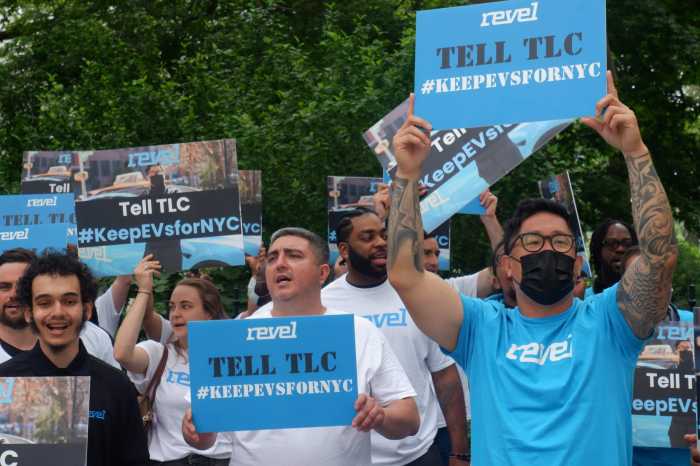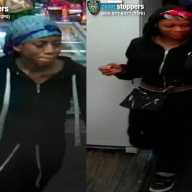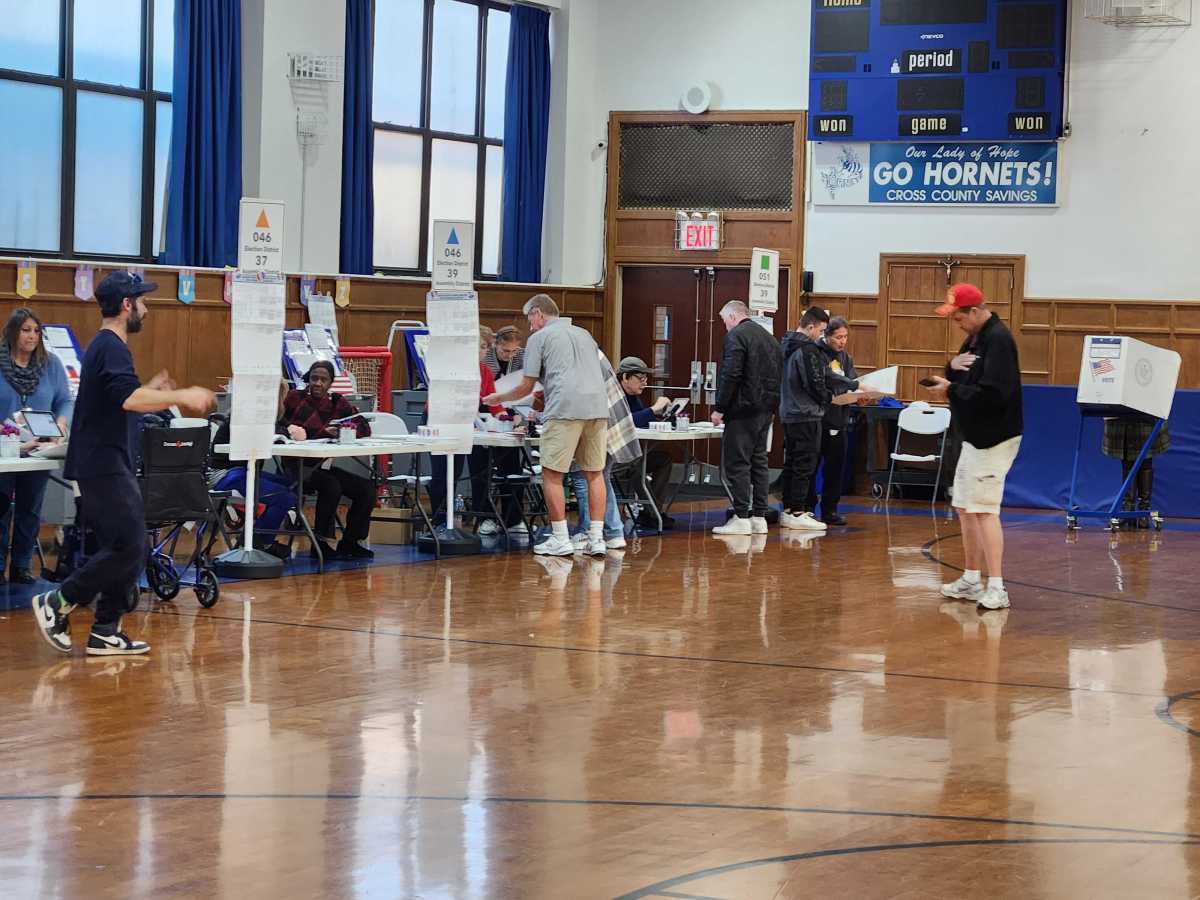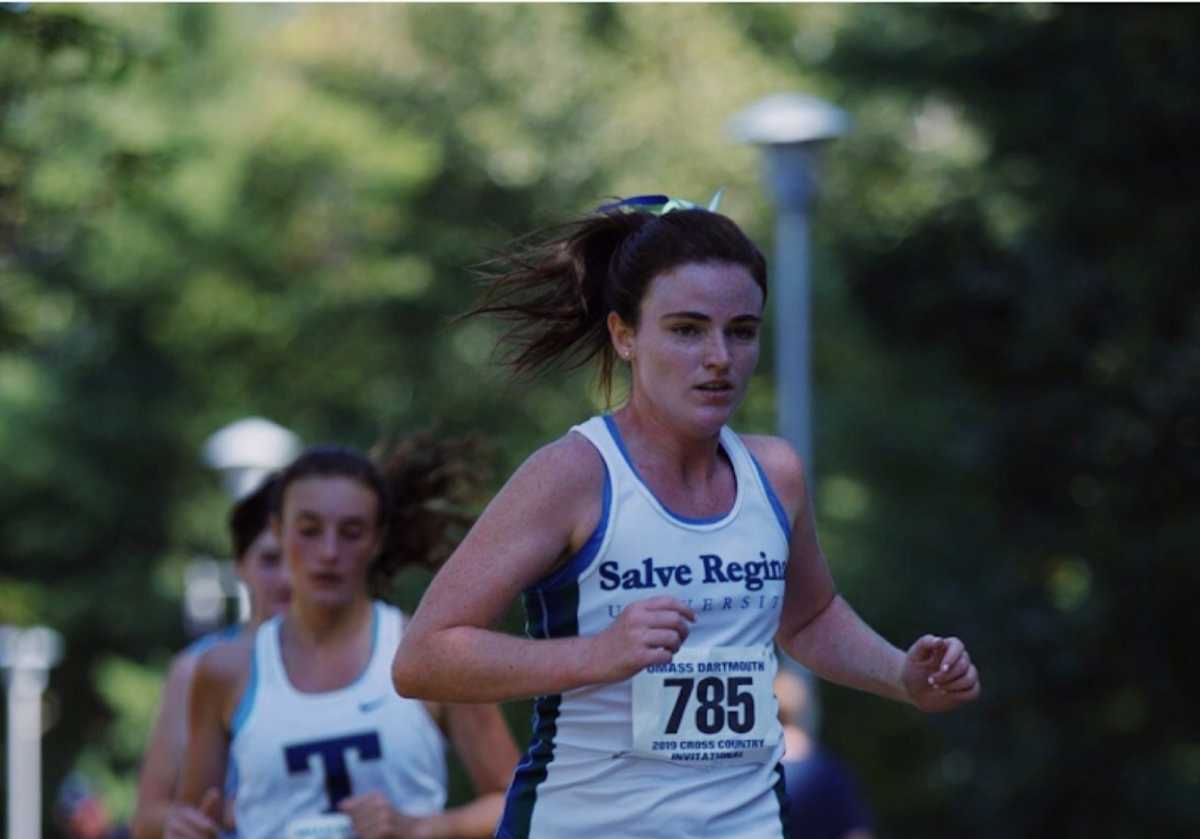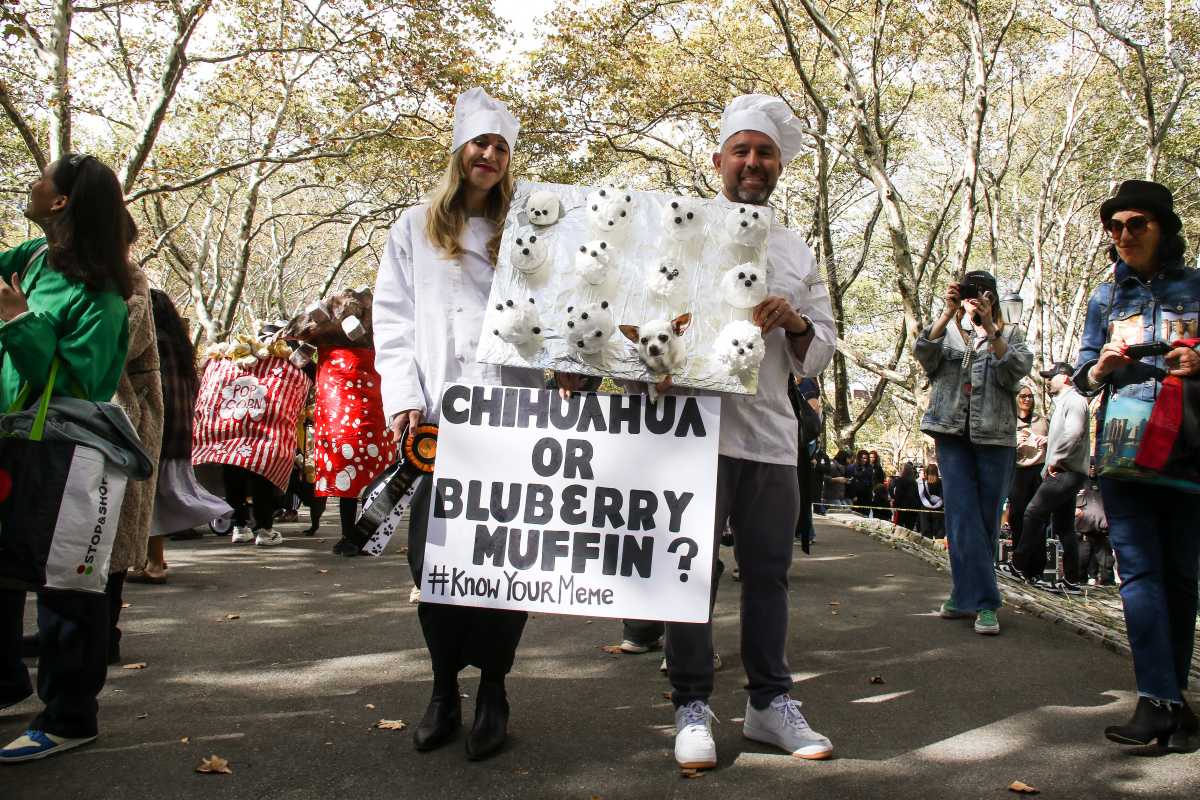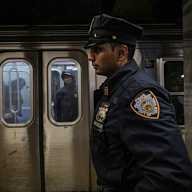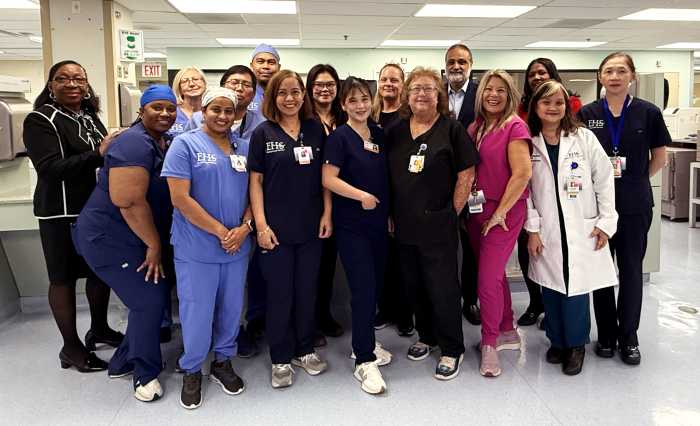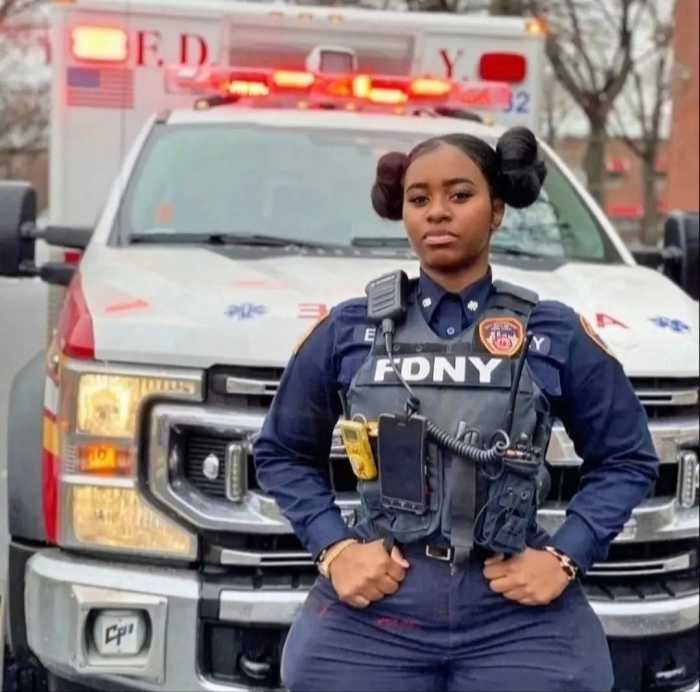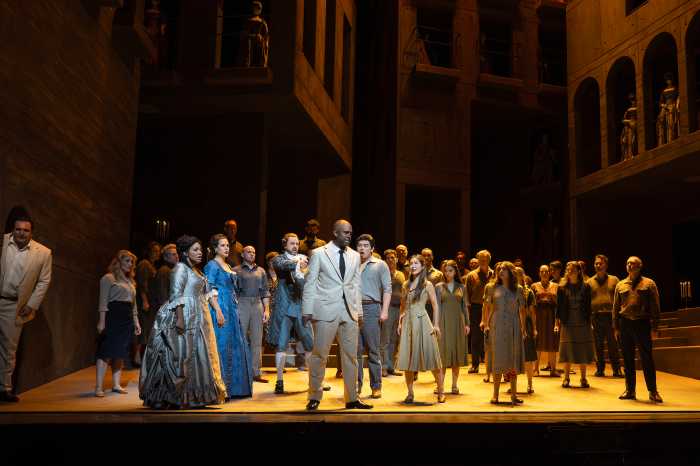The city’s likely next Taxi and Limousine Commissioner wants the MTA to expand a popular program that allows a limited number of Access-A-Ride commuters to book $2.75 taxi cab trips on demand.
The MTA initiative is currently capped at 1,200 paratransit riders, but the mayoral nominee to lead the city’s TLC, David Do, told lawmakers Tuesday that he will work with state transit officials to get more people on board.
“One of the programs that I see synergies with here in New York City is the Access-A-Ride program and the Access-A-Ride on-demand program,” Do said during a City Council confirmation hearing on May 17. “We need to expand it more, we need to allow more New Yorkers into it.”
The MTA, in 2017, launched the pilot for New Yorkers with limited mobility to book the on-demand trips through smartphone apps, and the option is highly popular among commuters and disability advocates compared to regular Access-A-Ride, where passengers have to schedule journeys 24 hours in advance.
“This is really how Paratransit should work,” said Joe Rappaport, the executive director of the Brooklyn Center for Independence of the Disabled. “We’re all in favor of expanding on-demand. We think it’s a real growth possibility for taxi drivers and we hope that [Do] works closely with the MTA to expand it.”
Do compared it to a shuttle service he launched dubbed DC Neighborhood Connect while in charge of the municipal for-hire vehicle agency in Washington, D.C., which lets riders request a ride via app to pick them up and drop them off within hard-to-reach areas of the nation’s capital.
“We need to allow, like DC, every single person who wants an on-demand ride to be able to get one,” Do said.
Do said the “microtransit” connected Washingtonians in transit deserts to jobs, doctor’s appointments, grocery stores, and Metro stations, he said, but it also became a way to transport essential workers during the pandemic.
“To help the riding public get around for essential trips, we were able to provide free taxi trips for people needing to go to the doctor, grocery store, or work, and we repurposed our microtransit program to provide hospital workers rides during late night shifts,” Do said.
The MTA planned to make changes to its on-demand program in late 2019, replacing the flat $2.75 fare and instead subsidizing the first $15 on the taxi meter and making Paratransit users pay for the remaining cost of the ride, which the agency said would enable them to double enrollment to 2,400.
That’s still only a fraction of the 167,000 people enrolled in MTA’s Paratransit program.
The changes were shelved due to the pandemic, but MTA sources told the Daily News in December that the program would be “reevaluated” in the second quarter of 2022 — in other words some time before the end of June.
“The MTA’s paratransit division has a long history of working with NYC’s taxis and for-hire-vehicles, which to date has been beneficial for its riders and drivers alike,” said MTA’s Vice President for Paratransit Chris Pangilinan in a statement. “NYC Transit looks forward to working with the incoming TLC Commissioner to strengthen our partnership to provide flexibility, spontaneity, and reliability for our customers as part of reimagining the Access-A-Ride program.”
Shifting to the $15 subsidy would render the program “worthless,” Rappaport charged, because most journeys in the Five Boroughs are longer and would quickly become too expensive.
“There are very few taxi rides in New York City that cost only $15. Most of them, if you’re going any distance at all, you get above $15 pretty quickly,” the advocate said.
Daily paratransit ridership has recovered closer to pre-pandemic levels than on the subways and buses, with around 25,000 scheduled trips on recent weekdays, which is approximately 80% of 2019 figures, according to MTA counts.
Access-A-Ride has struggled over the past year with driver no-shows, longer booking wait times, and poor on-time performance, which prompted MTA leaders to consider paying for expenses like tolls and offering hiring bonuses to bring in more drivers and boost reliability, The City reported.
On buses, about 65% of pre-pandemic ridership traveled on recent weekdays, and the subways carried around 57% compared to the same time in 2019.
Mayor Eric Adams on April 28 nominated Do, currently the director of Washington’s Department of For-Hire Vehicles, to take over the New York City TLC, which is charged with regulating the Big Apple’s taxi cabs, for-hire vehicles, commuter vans, and paratransit vehicles and roughly 200,000 license holders.
If he’s confirmed by the City Council, Do will take over the wheel of the Commission after the exit of former Commissioner Aloysee Heredia Jarmoszuk, who resigned in March after the New York Post reported on an expletive-laden rant of hers during a private meeting in February.
